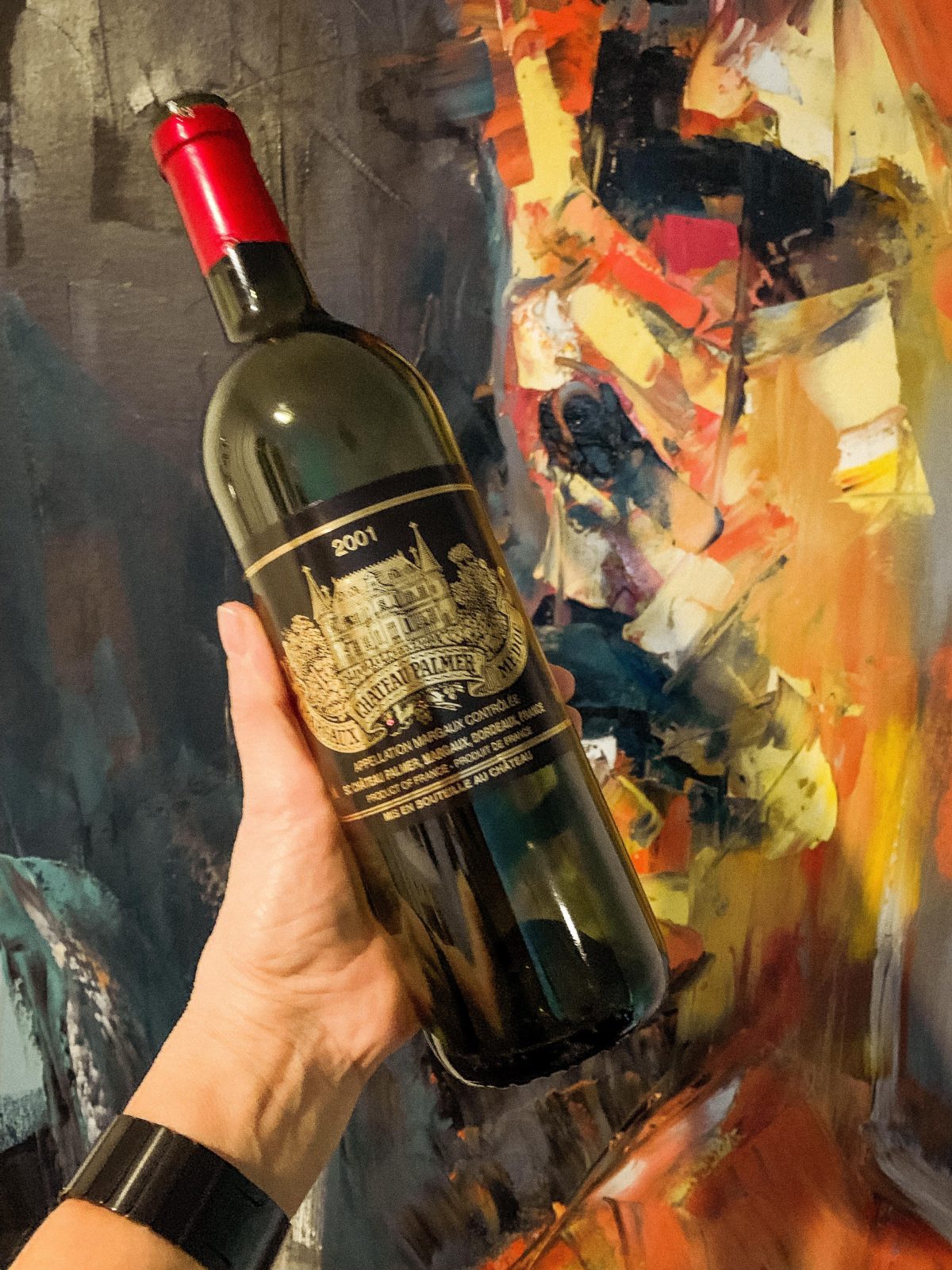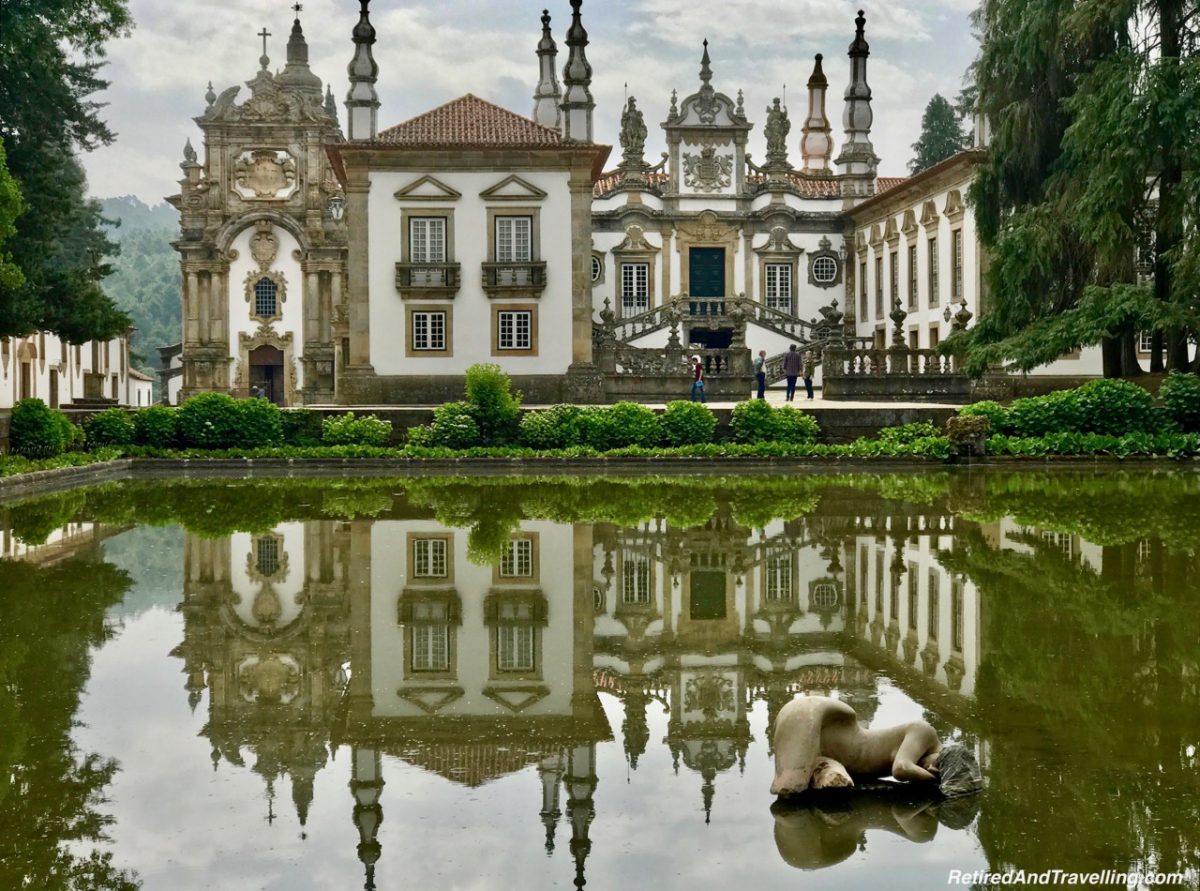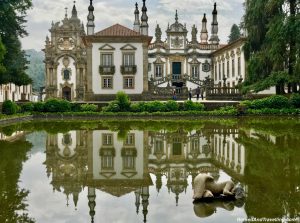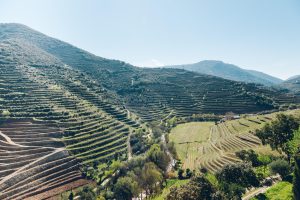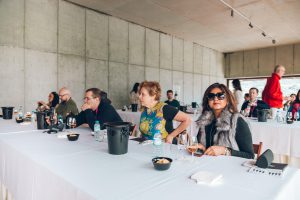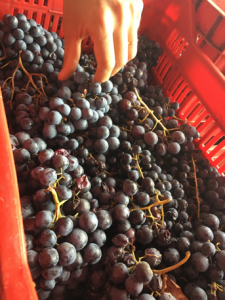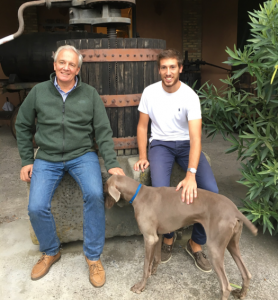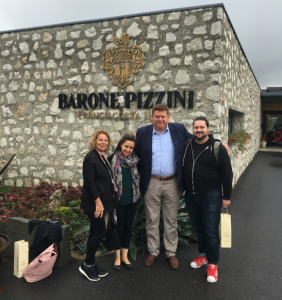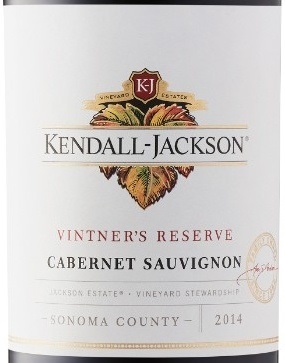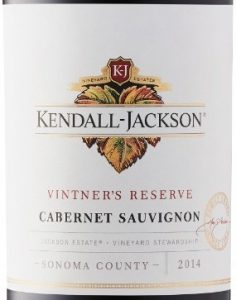Red | laydown to 2025 | Chateau Palmer | 2001 Vintage | France > Bordeaux > Margaux | Medium-Full Bodied, Dry | 14.5 % alcohol | Third Growth. Troisieme Grand Cru Classe in 1855. Indicative blend: Merlot, Cabernet Sauvignon, and Petit Verdot
Medium-garnet colour. The nose is youthful with notes of cassis, black cherries, cloves, some cedar with a touch of mint. Deep, sweet, and rich with a length and breadth that is captivating. I kept coming back to the glass for another sip – this Palmer is a classic Margaux!
93 points
Liz Palmer
December 25, 2018
Awards
International Wine Challenge, 2011: Gold
Le Guide Hachette des Vins, 2005: 2 Stars
San Francisco International Wine Competition, 2003: Bronze
Wine Spectator: 94 Points
Extremely pretty, with flowers, berries, chocolate and spices. Full-bodied, with a solid core of fruit and ripe, silky tannins; long and caressing. Beautiful. Palmer shows wonderful refinement. Best after 2009. –JS
Wine Advocate: 93 Points
“Fairly deep color. Another lovely, elegant Palmer nose. It offers richness, but stays pure and delicate. (There’s almost as much Merlot (44%) in the blend as Cabernet Sauvignon (51%), one reason it’s less powerful than other vintages.) The 2001 offers scents of red fruit, blackberry, sandalwood, spice, and mocha. Follows through in a similar fashion on the palate; same delicacy and precision. It’s subtle yet graceful, nicely balanced, still needing a few more years to reach peak, although it’s most of the way there. Overall, a very strong showing.”
Wine Enthusiast: 93 Points
As with so many other wines from the 2001 vintage, this Palmer is classic Margaux. It has delicacy and elegance, but it also packs power, concentration and dark, dry flavors. Intense and concentrated, the richness of the high proportion of Merlot in Palmer?s blend shows through, while the Cabernet Sauvignon gives a fresh lift at the end.
Stephen Tanzer: 90 Points
“Dark red. Expressive aromas of redcurrant, raspberry, dark plum, tobacco, graphite, minerals and flowers. Very suave and smooth on entry, then a bit closed in the middle palate. But this very young, firm Palmer boasts harmonious acidity, very good cut and excellent balance. Finishes with rather tight tannins that will need six or seven years to soften.”

